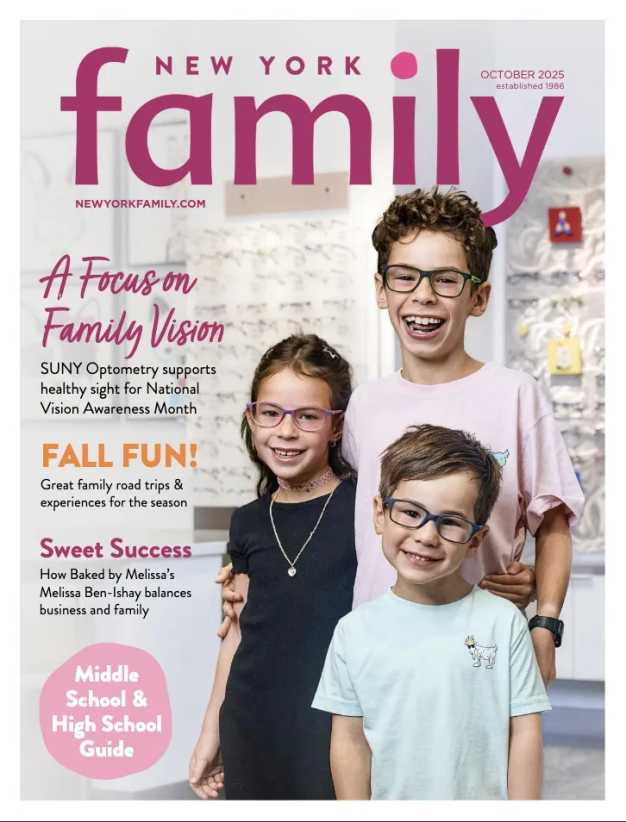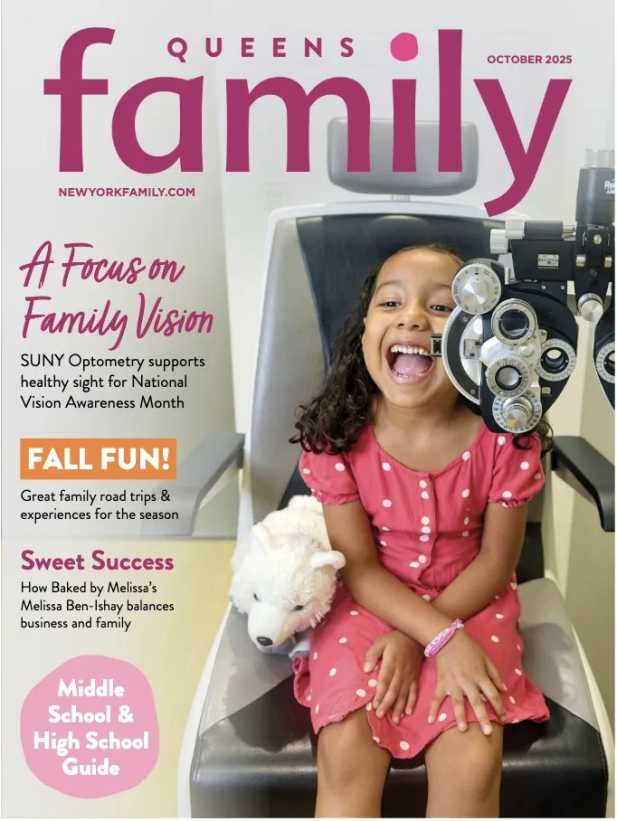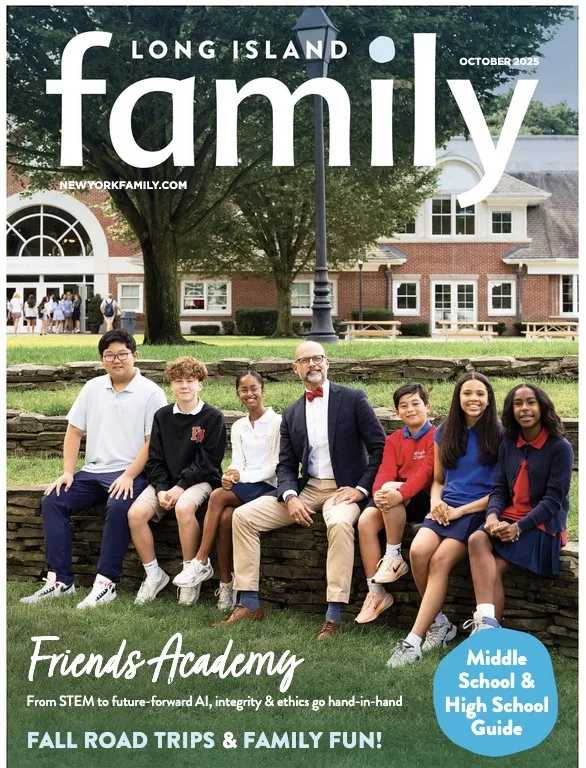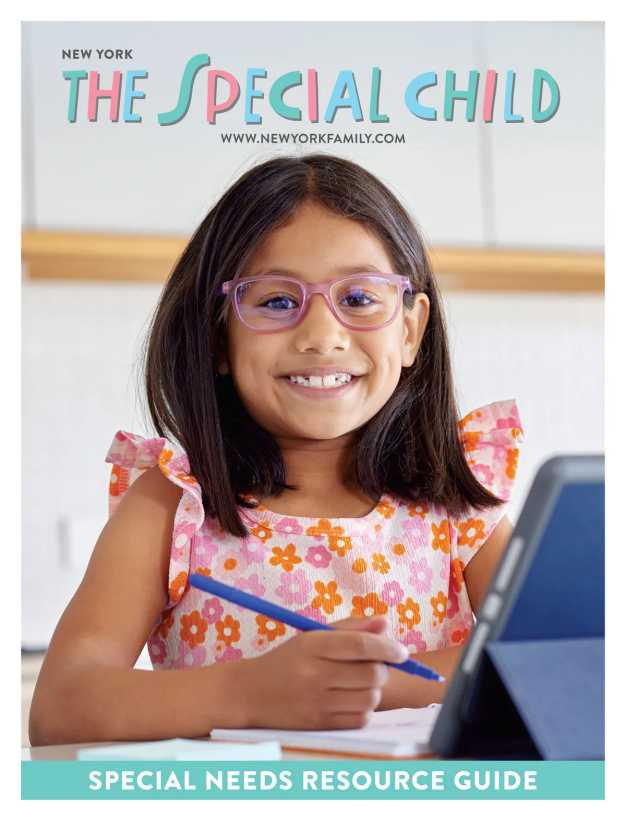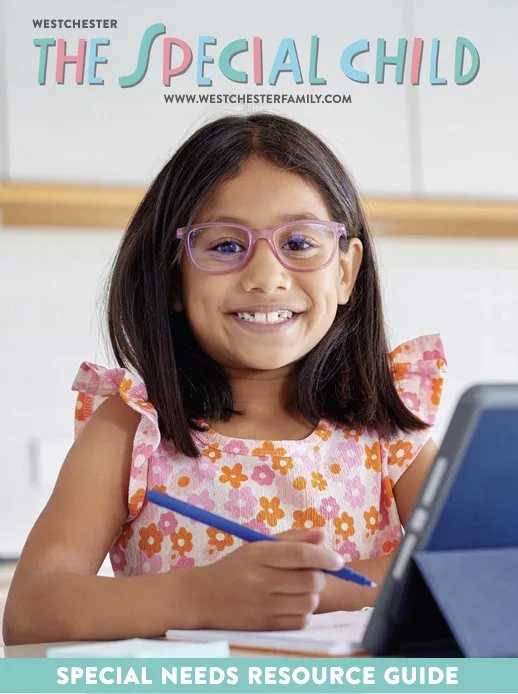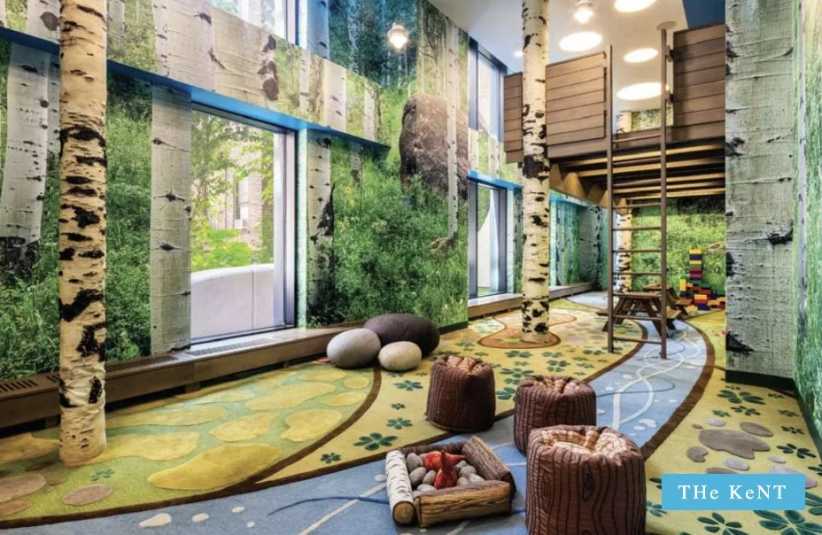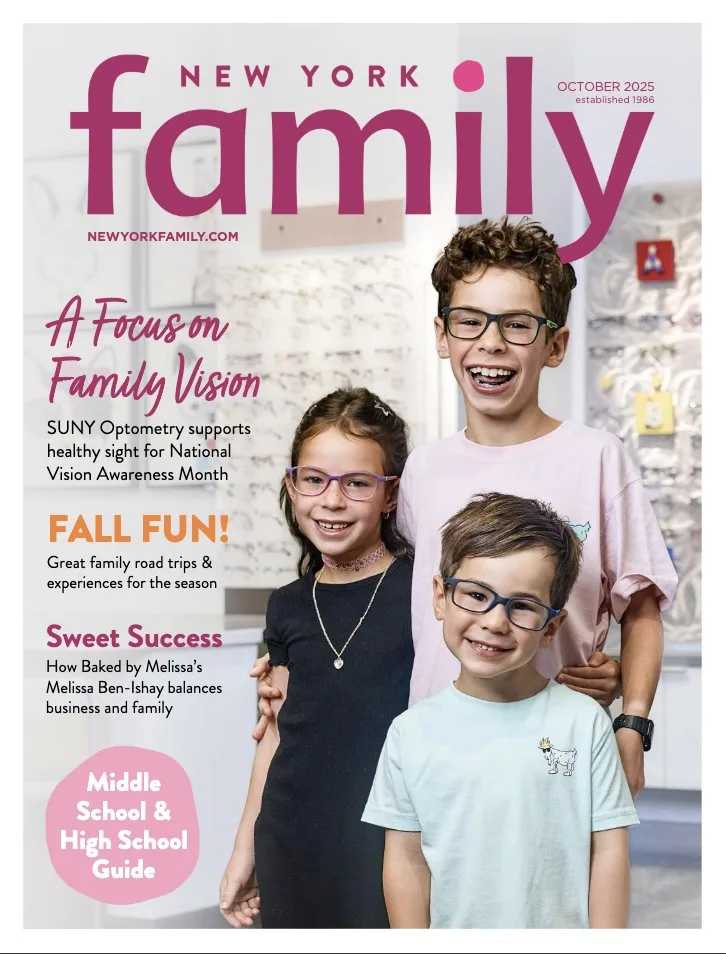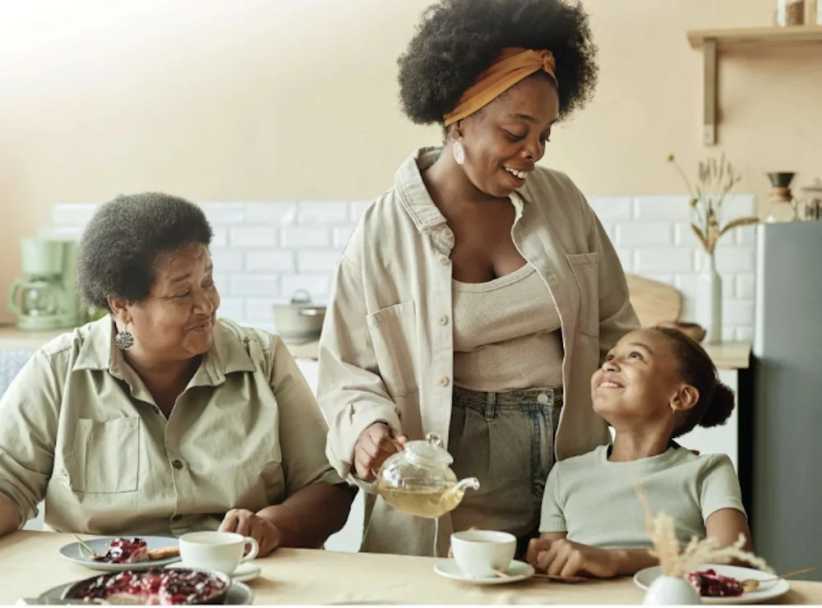
It Takes A Village: The Growing Trend of Multigenerational Living in NYC
Multigenerational living—where two or more adult generations share a living space—is resurging in New York City as economic pressures, housing shortages, and shifting cultural values encourage more families to live together. Multigenerational households often include grandparents, adult children, and school-aged kids, all sharing responsibilities, expenses, and emotional support.
Nearly one in four Americans now lives in a multigenerational household, and New York City is at the forefront of this trend due to its high cost of living and diverse immigrant populations, where living with extended family has long been the norm. Though rates of multigenerational living situations are increasing across the board, the most significant increase is in the number of young adults, ages 25 to 34.
Psst… Check Out Finding Room to Grow: NYC Apartment Buildings Designed with Families in Mind
Benefits of Multigenerational Living
For many NYC families, combining resources across generations helps offset soaring rent and mortgage costs, especially as childcare and eldercare expenses continue to rise. Having grandparents in the home can provide built-in childcare support, emotional stability for kids, and an opportunity for stronger intergenerational bonds. Likewise, older adults benefit from reduced isolation and increased daily support, which can help them age in place more comfortably and safely.
Multigenerational living can foster a deeper sense of cultural continuity, especially in immigrant families who maintain strong ties to heritage and tradition.
For older adults, living with family can be a far more economical alternative to institutional care or independent living. According to Genworth’s 2024 Cost of Care Survey, the average monthly cost of assisted living in New York is nearly $6,000, with some nursing homes charging upwards of $15,000 a month.
The average rent of a two-bedroom apartment in NYC is just over $5,000 a month — but the maximum monthly Social Security honor payout is under $5,000 — so living on their own is not an option for many New Yorkers. Sharing a household can significantly reduce or eliminate those costs, while providing daily companionship, safety, and support from loved ones.
Sharing responsibilities in a multigenerational home can ease the burdens of daily life for the entire family. Grandparents may help with school drop-off, after-school pickups, and homework, while parents provide healthcare support or manage household finances. Children may contribute by helping with chores or offering tech assistance to older relatives. This cooperative dynamic fosters mutual respect, interdependence, and a sense of purpose across all ages.
Natalie, a 37-year-old single mom, moved into her mother’s Queens condominium with her two children, ages 8 and 5. She says the decision was a no-brainer. “When [the kids’] father left, I couldn’t afford the rent on my own. I have lived in New York my whole life, but moving in with my mom was our only option if I wanted to stay in New York.”
Meade and her daughters moved in last summer and says she couldn’t do it without her mother’s help. “Grandma picks the girls up from school every day, so I don’t have to worry about rushing from the office to pick them up or paying for additional child care, “The peace of mind it gives me to know my girls are cared for while I work is priceless.”
Sharing a home with grandparents offers children a unique opportunity to absorb family traditions, languages, and stories firsthand. Grandparents can pass down rituals, recipes, and values that might otherwise be lost over time, cultivating a sense of identity and belonging. This everyday exposure to cultural heritage enriches children’s understanding of their roots and strengthens intergenerational connections that form a lasting foundation for resilience and pride.
Children who live with a grandparent may also learn about their family’s journey—how previous generations overcame hardship and persecution, migrated, or built a community in a new city. Hearing about these lived experiences can shape a child’s worldview and help develop empathy, perspective, and a deeper appreciation for their heritage. Whether learning a language, observing a holiday ritual, or hearing bedtime stories from another era, these shared experiences provide rich, meaningful lessons that go far beyond any classroom.
Challenges of Multigenerational Living
While there are many benefits to living in a multigenerational household, it’s not without its challenges. In dense urban environments like New York, where square footage is scarce and privacy is limited, space constraints may cause tension.
Differing parenting styles, lifestyle habits, or generational values may lead to conflicts, especially when boundaries are unclear. While parents who are sandwiched between their aging parents and growing children may find respite from stressful caregiving responsibilities with additional help, those caregiving responsibilities—both for children and aging relatives—can become emotionally and physically taxing, especially without access to outside support systems.
Even when sharing household expenses, financial strain can occur if contributions are not equally distributed. Additionally, unspoken assumptions about these contributions can lead to resentment if not discussed openly. Successfully navigating these challenges requires intentional planning, ongoing communication, mutual respect, and a willingness to adapt as family dynamics evolve.
Families who thrive in multigenerational homes often establish clear expectations and flexible boundaries to help each family member feel heard and valued. A shared commitment to cooperation and adaptability makes it easier to evolve together as needs change over time.
To successfully navigate these challenges, families should plan ahead, maintain ongoing communication, and foster mutual respect. They should also be willing to adapt as family dynamics change. Families that thrive in multigenerational homes often establish clear expectations and flexible boundaries, ensuring each member feels heard and valued. A shared commitment to cooperation and adaptability makes it easier to evolve together as needs change over time.
Still, for many families—especially Millennials and Gen Z parents navigating the dual responsibilities of raising children and caring for aging parents with little support or resources—multigenerational living offers a powerful solution. It creates a built-in support network that reduces financial strain, redistributes caregiving duties, and deepens emotional bonds across generations. In a society with limited infrastructure for caregiving and rising living costs, this model of family life is not just practical—it’s essential.
Psst… Check Out 2025 Guide to NYC Neighborhoods: Manhattan
